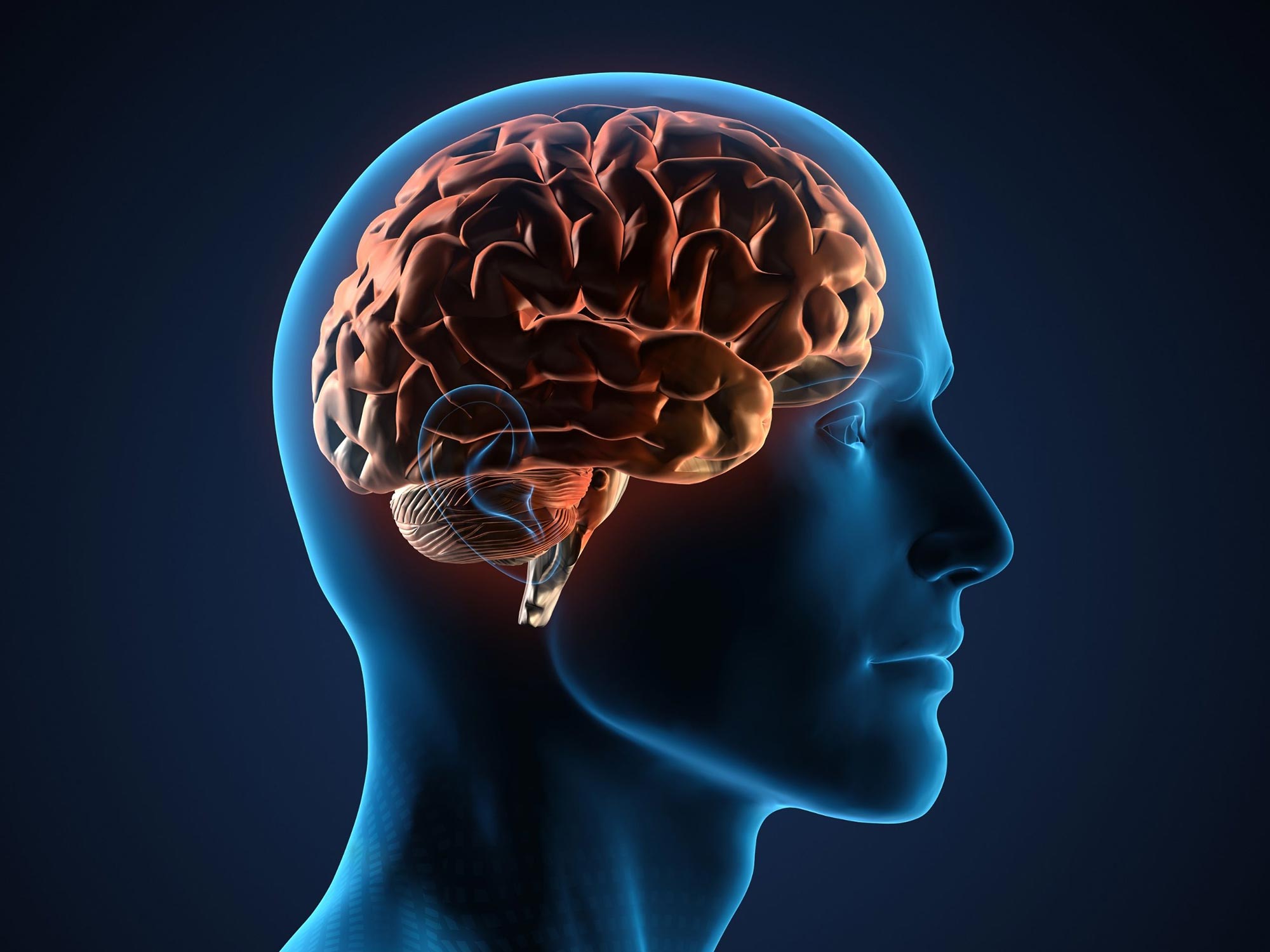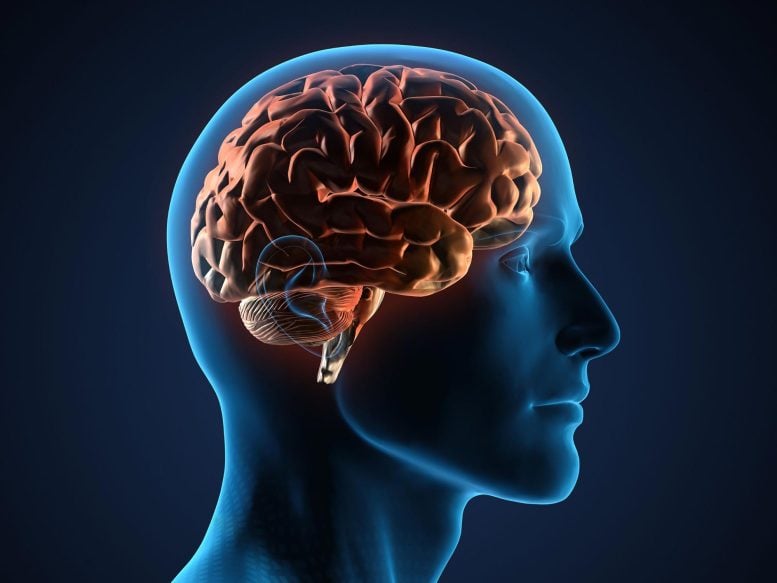

New reserach found that countries with higher levels of inequality—whether in terms of economy, pollution, or disease—showed signs of accelerated brain aging.
The rate of brain aging differs widely from person to person, creating a discrepancy between the brain’s biological age and the chronological age (the actual years a person has lived). Various factors, including environmental influences like pollution and social elements such as income or health disparities, particularly impact older individuals and those with dementia. Until now, it was not well understood how these factors collectively might hasten or slow down the aging process of the brain among different populations globally.
In the study, a team of international researchers developed ways to measure brain aging using advanced brain clocks based on deep learning of brain networks. This study involved a diverse dataset of 5,306 participants from 15 countries, including Latin American and Caribbean (LAC) nations and non-LAC countries.
By analyzing data from functional magnetic resonance imaging (fMRI) and electroencephalography (EEG), the researchers quantified brain age gaps in healthy individuals and those with neurodegenerative conditions such as mild cognitive impairment (MCI), Alzheimer’s disease, and frontotemporal lobe degeneration (FTLD).
Findings on Brain Aging and Inequality
Dr. Daniel Abasolo, co-author of the study and Head of the Centre for Biomedical Engineering at the University of Surrey, said: “Our research shows that in countries where inequality is higher, people’s brains tend to age faster, especially in areas of the brain most affected by aging. We found that factors like socioeconomic inequality, air pollution, and the impact of diseases play a big role in this faster aging process, particularly in poorer countries.”
Participants with a diagnosis of dementia, particularly Alzheimer’s disease, exhibited the most critical brain age gaps. The research also highlighted sex differences in brain aging, with women in LAC countries showing greater brain age gaps, particularly in those with Alzheimer’s disease. These differences were linked to biological sex and gender disparities in health and social conditions. Variations in signal quality, demographics, or acquisition methods did not explain the results. These findings underscore the role of environmental and social factors in brain health disparities.
The findings of this study have profound implications for neuroscience and brain health, particularly in understanding the interaction between macro factors (exposome) and the mechanisms that underlie brain aging across diverse populations in healthy aging and dementia. The study’s approach, which integrates multiple dimensions of diversity into brain health research, offers a new framework for personalized medicine.
This framework could be crucial for identifying individuals at risk of neurodegenerative diseases and developing targeted interventions to mitigate these risks. Moreover, the study’s results highlight the importance of considering the biological embedding of environmental and social factors in public health policies. Policymakers can reduce brain age gaps and promote healthier aging across populations by addressing issues such as socioeconomic inequality and environmental pollution.
Reference: “Brain clocks capture diversity and disparities in aging and dementia across geographically diverse populations” by Sebastian Moguilner, Sandra Baez, Hernan Hernandez, Joaquín Migeot, Agustina Legaz, Raul Gonzalez-Gomez, Francesca R. Farina, Pavel Prado, Jhosmary Cuadros, Enzo Tagliazucchi, Florencia Altschuler, Marcelo Adrián Maito, María E. Godoy, Josephine Cruzat, Pedro A. Valdes-Sosa, Francisco Lopera, John Fredy Ochoa-Gómez, Alfredis Gonzalez Hernandez, Jasmin Bonilla-Santos, Rodrigo A. Gonzalez-Montealegre, Renato Anghinah, Luís E. d’Almeida Manfrinati, Sol Fittipaldi, Vicente Medel, Daniela Olivares, Görsev G. Yener, Javier Escudero, Claudio Babiloni, Robert Whelan, Bahar Güntekin, Harun Yırıkoğulları, Hernando Santamaria-Garcia, Alberto Fernández Lucas, David Huepe, Gaetano Di Caterina, Marcio Soto-Añari, Agustina Birba, Agustin Sainz-Ballesteros, Carlos Coronel-Oliveros, Amanuel Yigezu, Eduar Herrera, Daniel Abasolo, Kerry Kilborn, Nicolás Rubido, Ruaridh A. Clark, Ruben Herzog, Deniz Yerlikaya, Kun Hu, Mario A. Parra, Pablo Reyes, Adolfo M. García, Diana L. Matallana, José Alberto Avila-Funes, Andrea Slachevsky, María I. Behrens, Nilton Custodio, Juan F. Cardona, Pablo Barttfeld, Ignacio L. Brusco, Martín A. Bruno, Ana L. Sosa Ortiz, Stefanie D. Pina-Escudero, Leonel T. Takada, Elisa Resende, Katherine L. Possin, Maira Okada de Oliveira, Alejandro Lopez-Valdes, Brain Lawlor, Ian H. Robertson, Kenneth S. Kosik, Claudia Duran-Aniotz, Victor Valcour, Jennifer S. Yokoyama, Bruce Miller and Agustin Ibanez, 26 August 2024, Nature Medicine.
DOI: 10.1038/s41591-024-03209-x